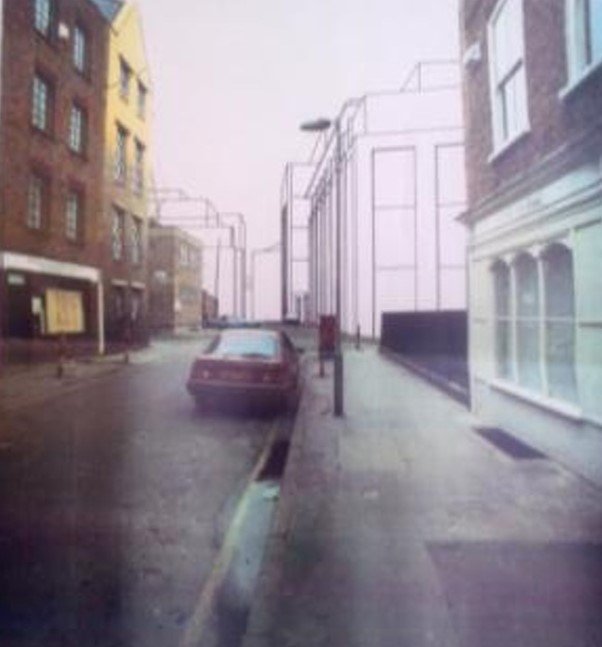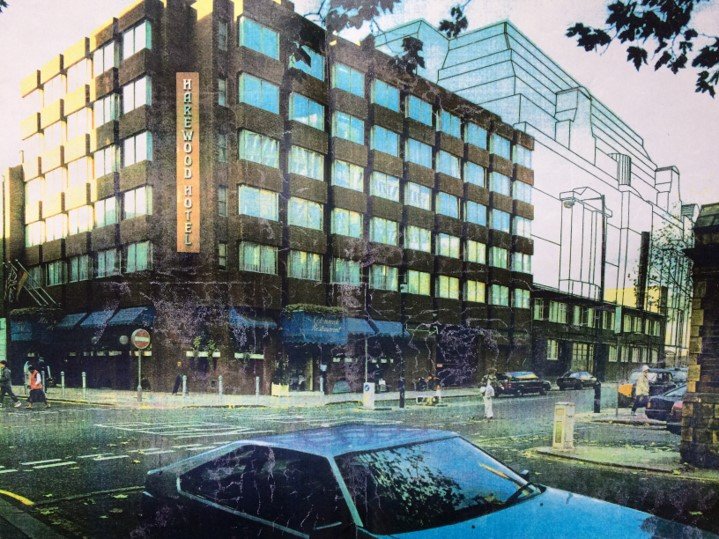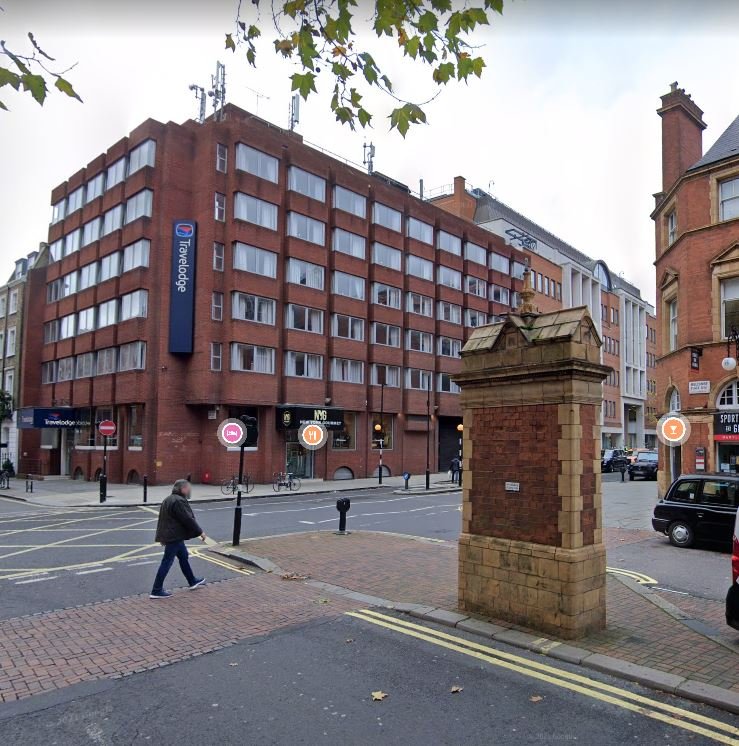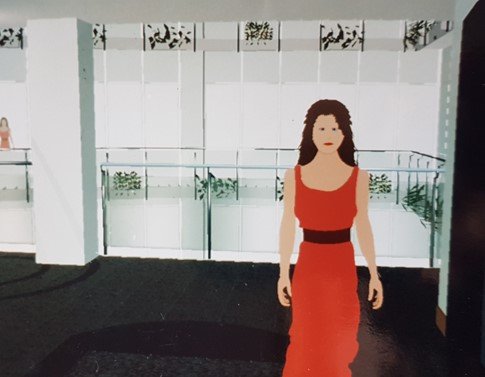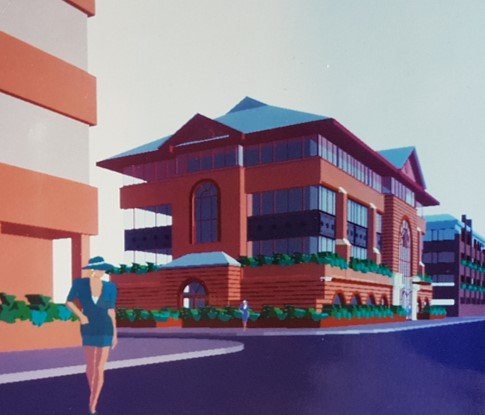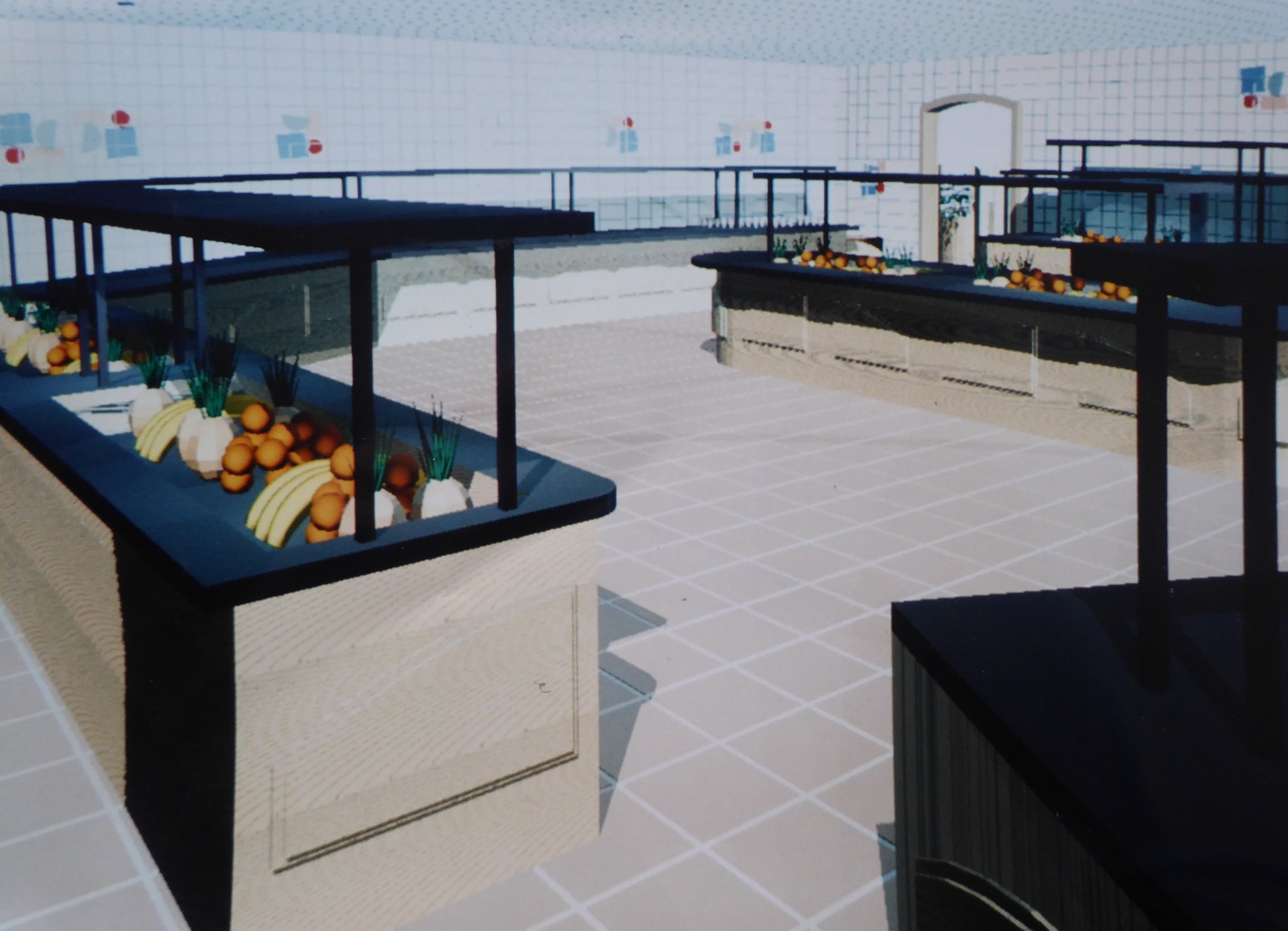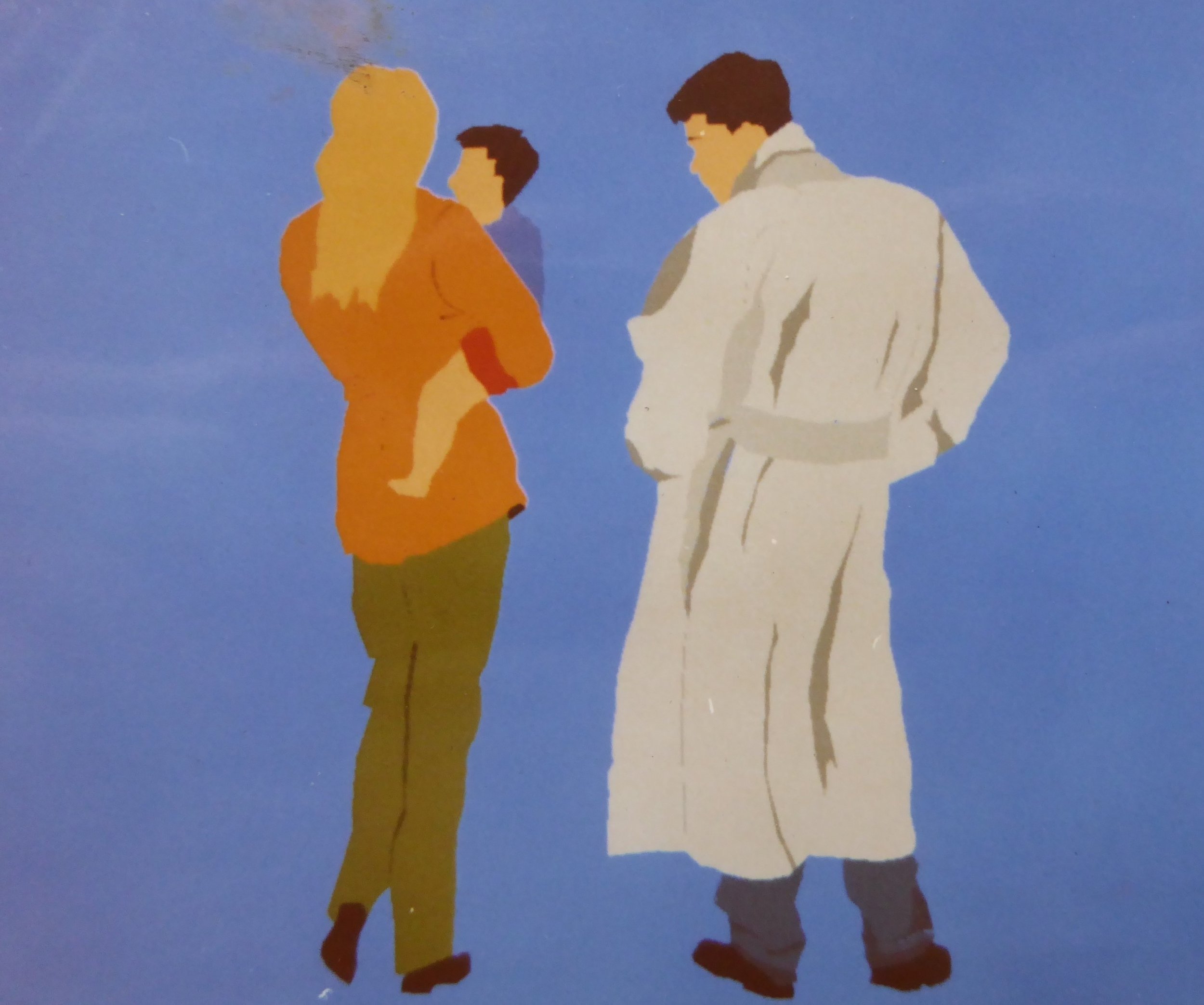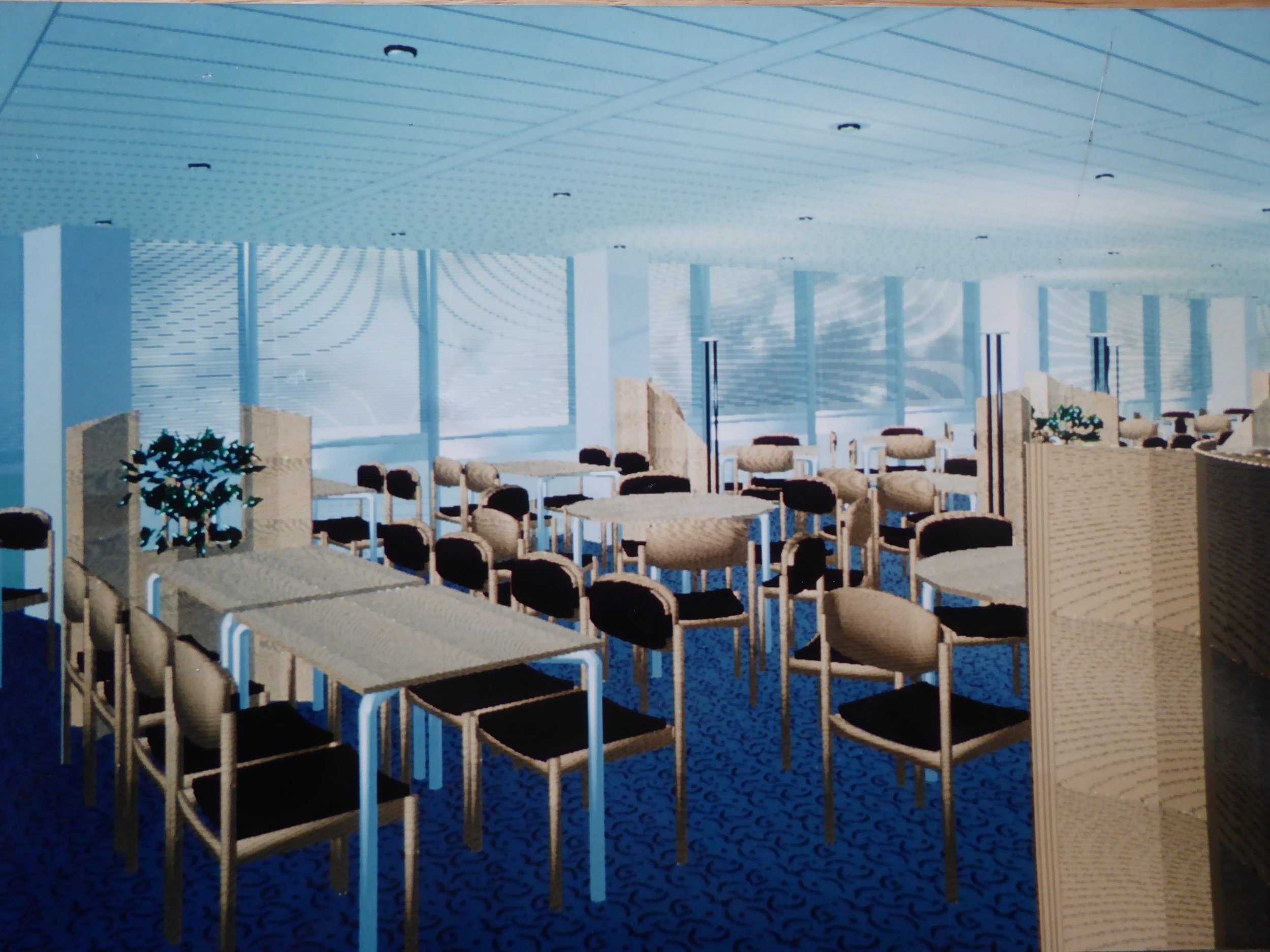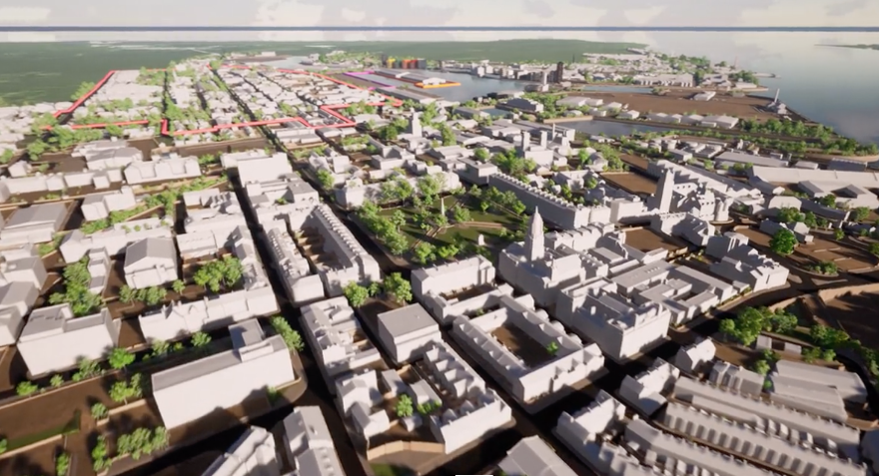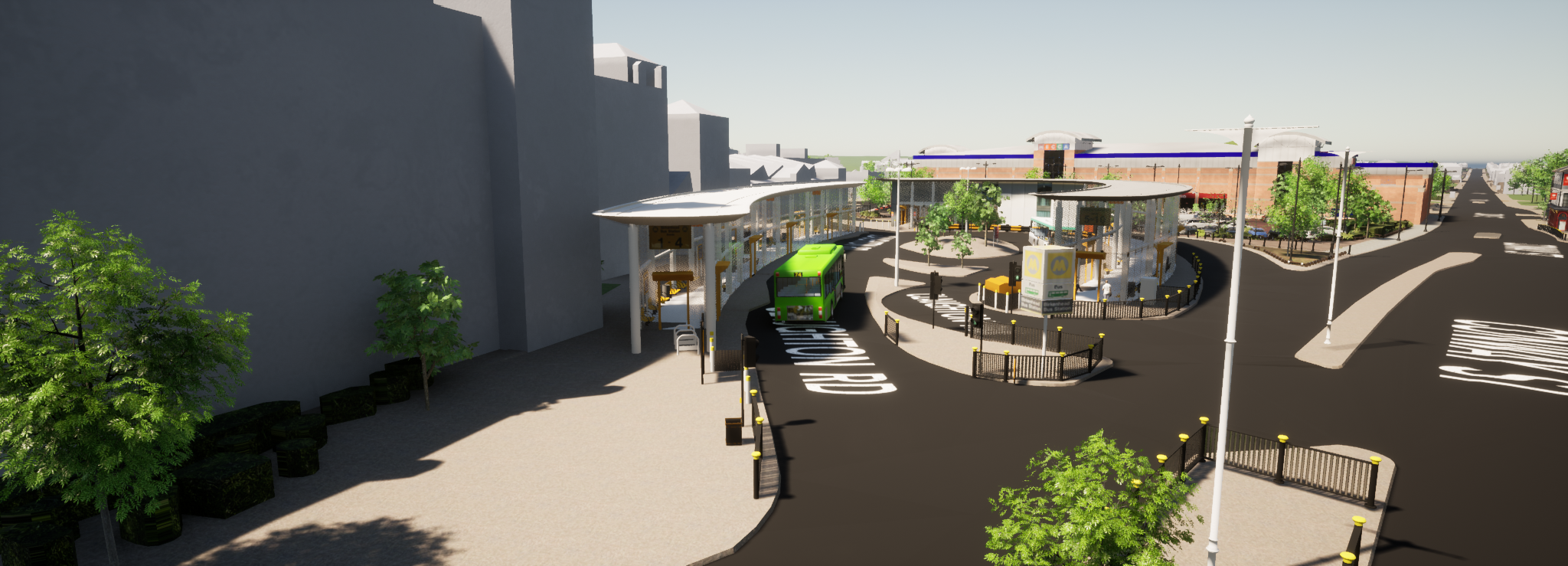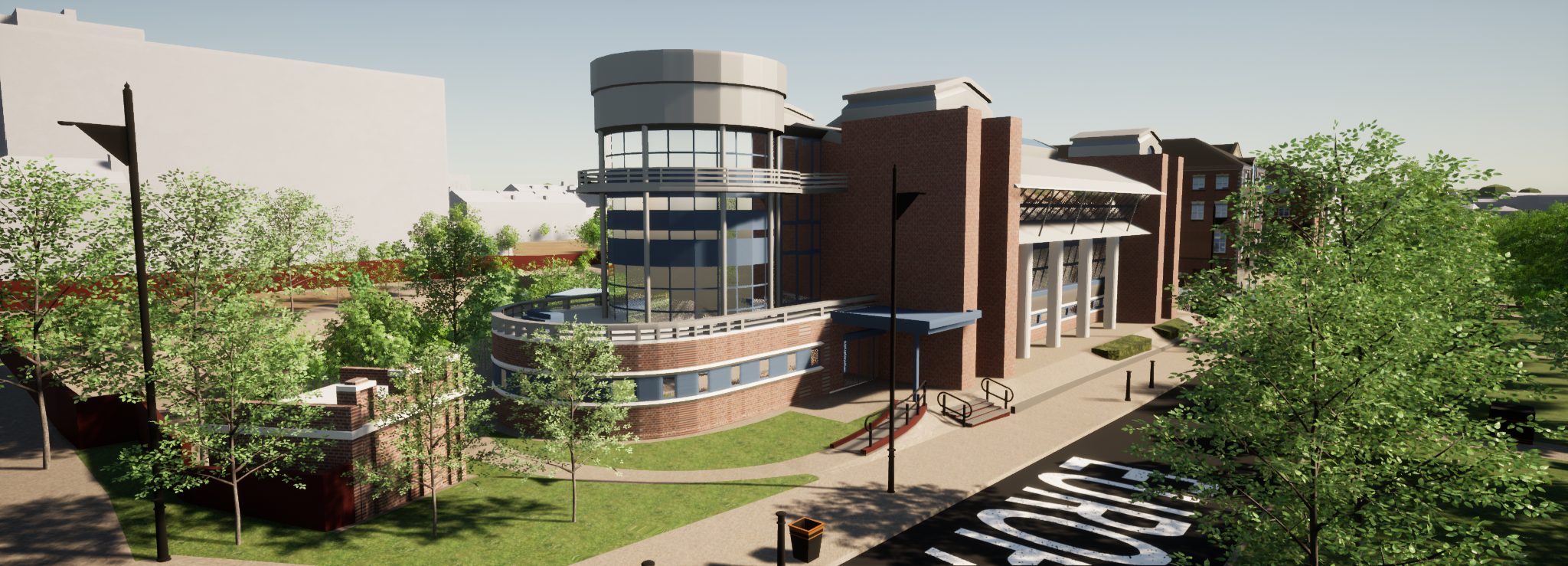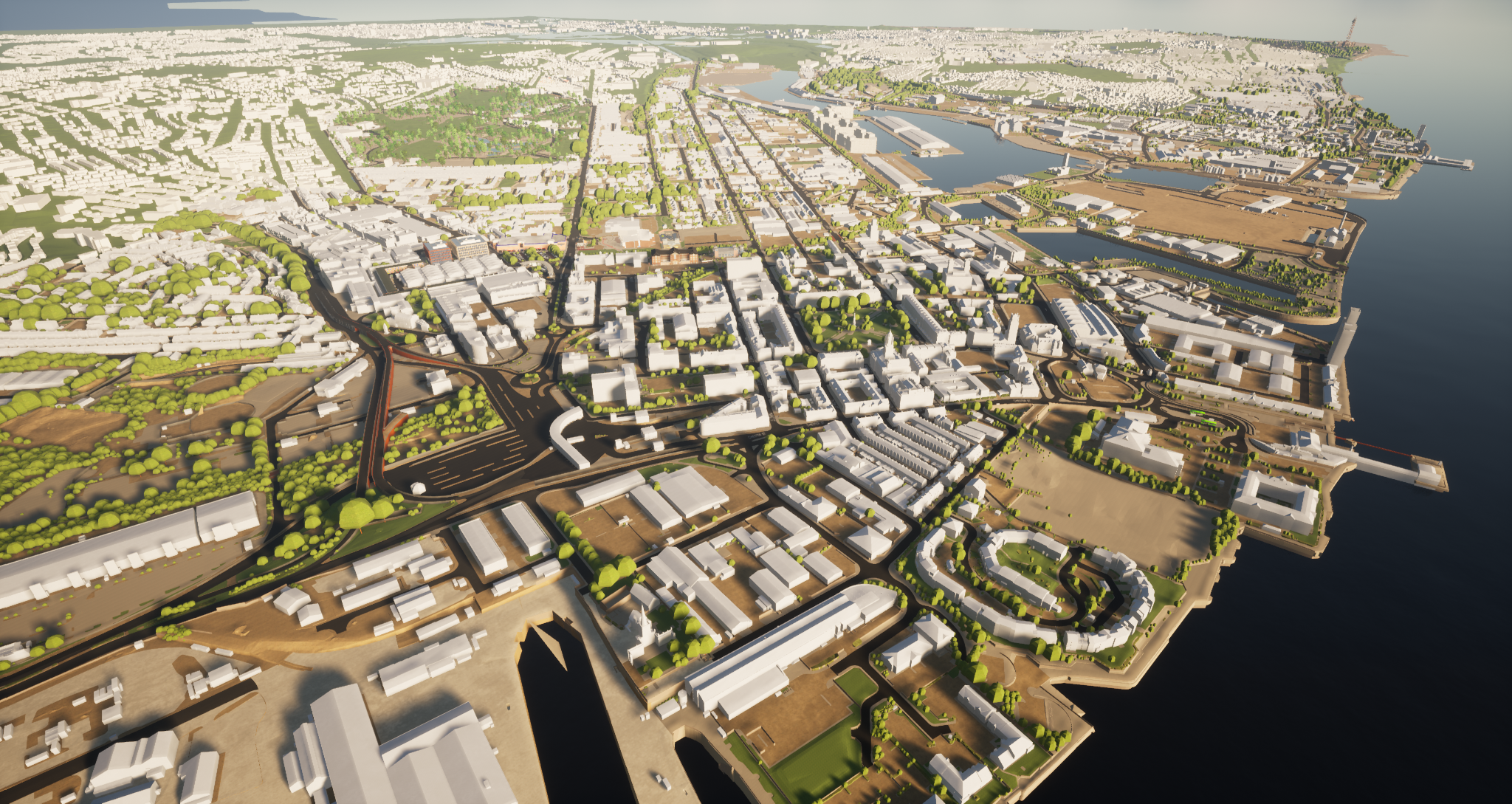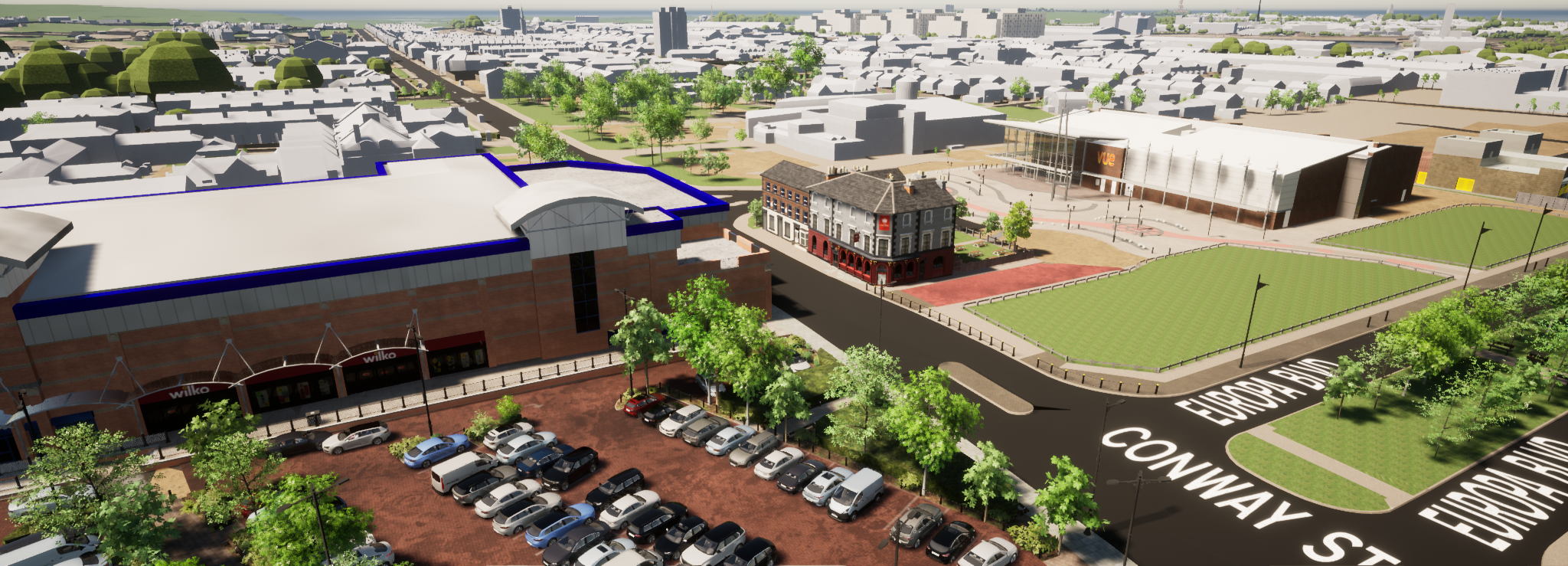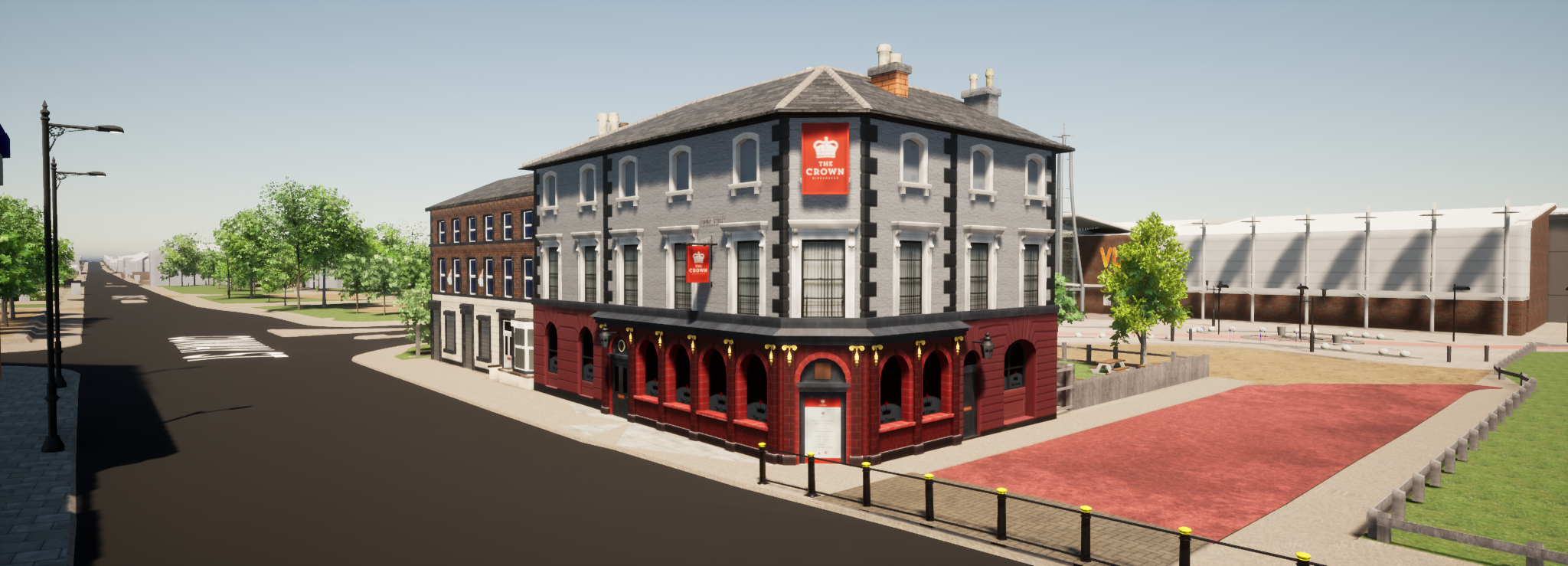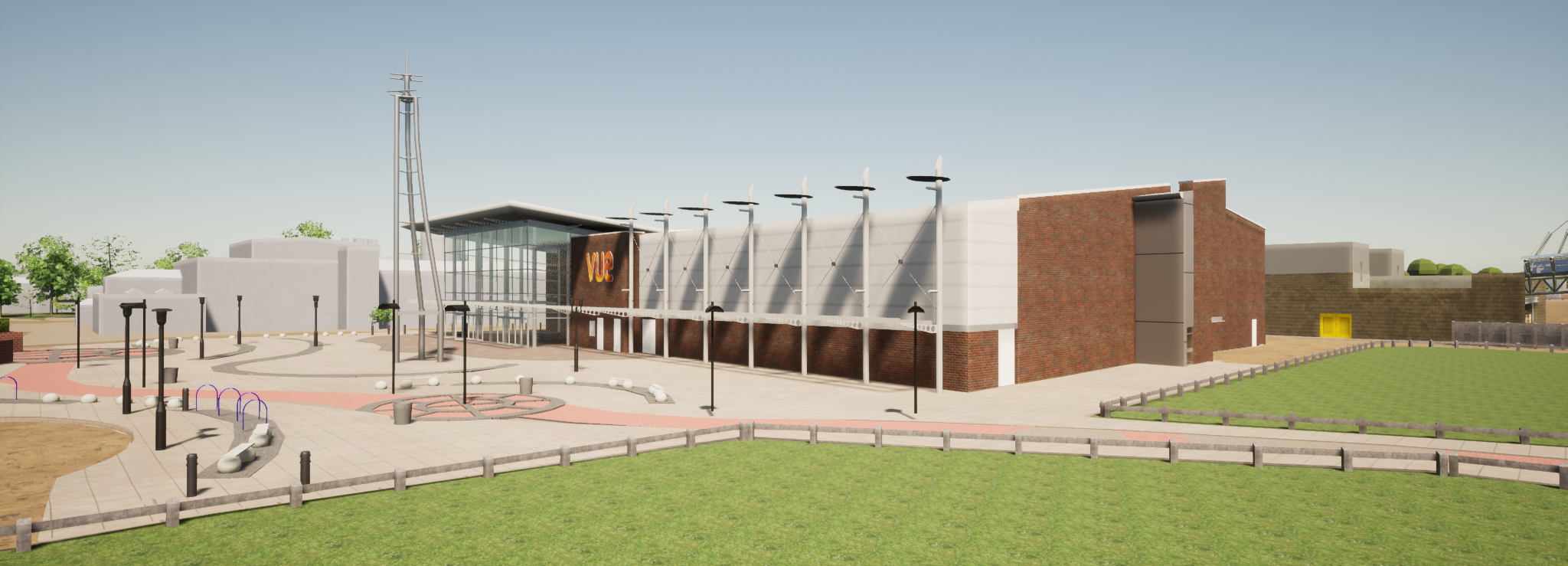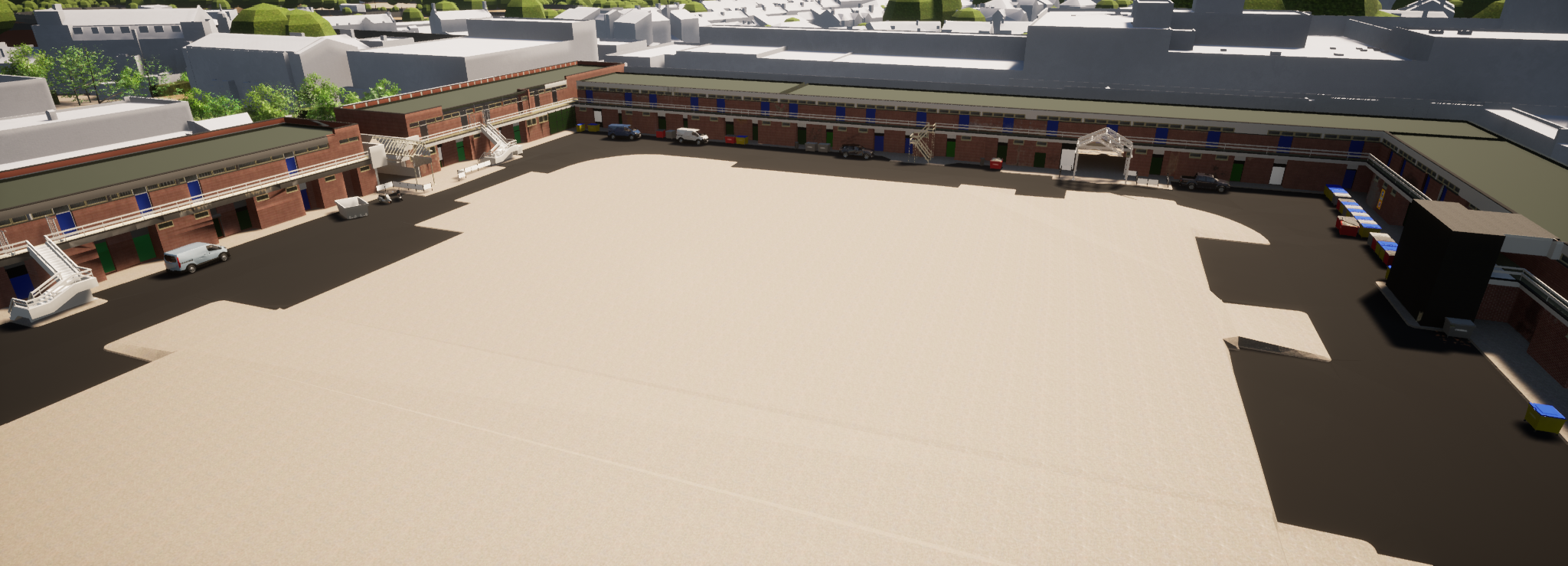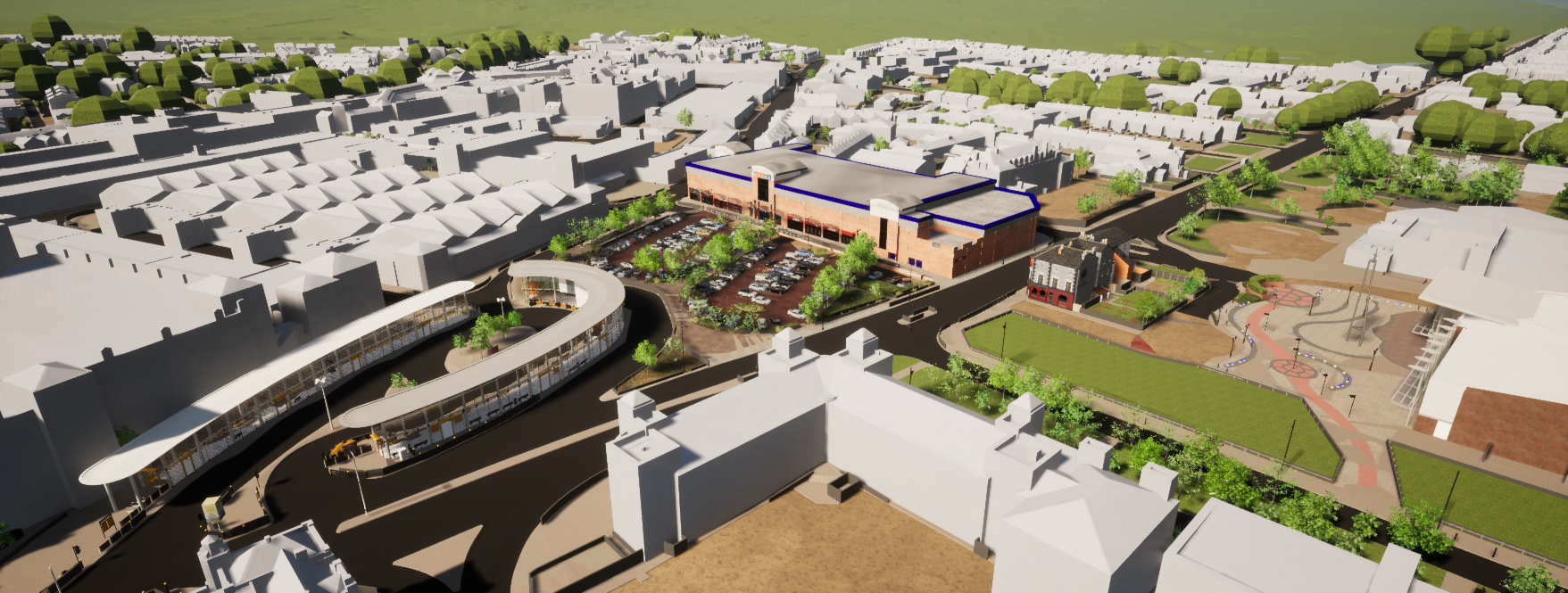By Moss Mitson, Youth Engagement Coordinator & Media
Definitely not a usual day, for us at Digital Urban but also for the students of Fountaindale - a specialised special school for children with sensory/physical needs. The DU team went along for the day with some Virtual Reality experiences for the students to try, these included a magic carpet ride and a wildflower experience.
Throughout the day all the different classes attended, from the youngest of 3 all the way up to 18 years old. Some students were apprehensive at all the new kit and people in their school, others jumped in feet first. Different children participated to a different level, for some they were mesmerised by the Virtual Reality, for others just the sensory experience of the vibrating seat was what they enjoyed.
Julia Bullock, a teacher at the school, described many of the students at the school as having life limiting conditions, and for some their needs are such that their world is fairly small. Having been given the opportunity to expand that, if only a little, was a real privilege.
I enjoyed seeing the relationship the teachers had with their students. With the children who didn't communicate verbally it was a case of reading their body language and the teachers obviously had built up amazing relationships with their students and could read when the students wanted to try again, or when they were giving signs they had had enough. Often the trust built up between teachers and students meant while being unsure about a headset being put on by a strange stranger from Digital Urban, they would let their trusted teacher give it a go.
We learnt a lot in running the experience. As well as running the VR with people who communicate differently, we also learnt a different metric of success. For most of our events success looks like conversations being started and gaining detailed feedback off the back of a VR event, for example with local authorities or schools. However for this day success looked like children having come away having seen or tried something new.
We thought about our experiences from purely an accessibility view, how could this VR experience be enjoyed from a wheelchair? How to make the vibrations from the magic carpet available for anyone to feel? We came away from this day brimming with ideas, feeling like we were opening up a new avenue for us to explore. Ideas of how we would run things even better should we get this opportunity again.
VR opens up the possibilities for a world to be anything we can think of. This experience opened up the world a little for the students who participated, and it opened ours up too.




